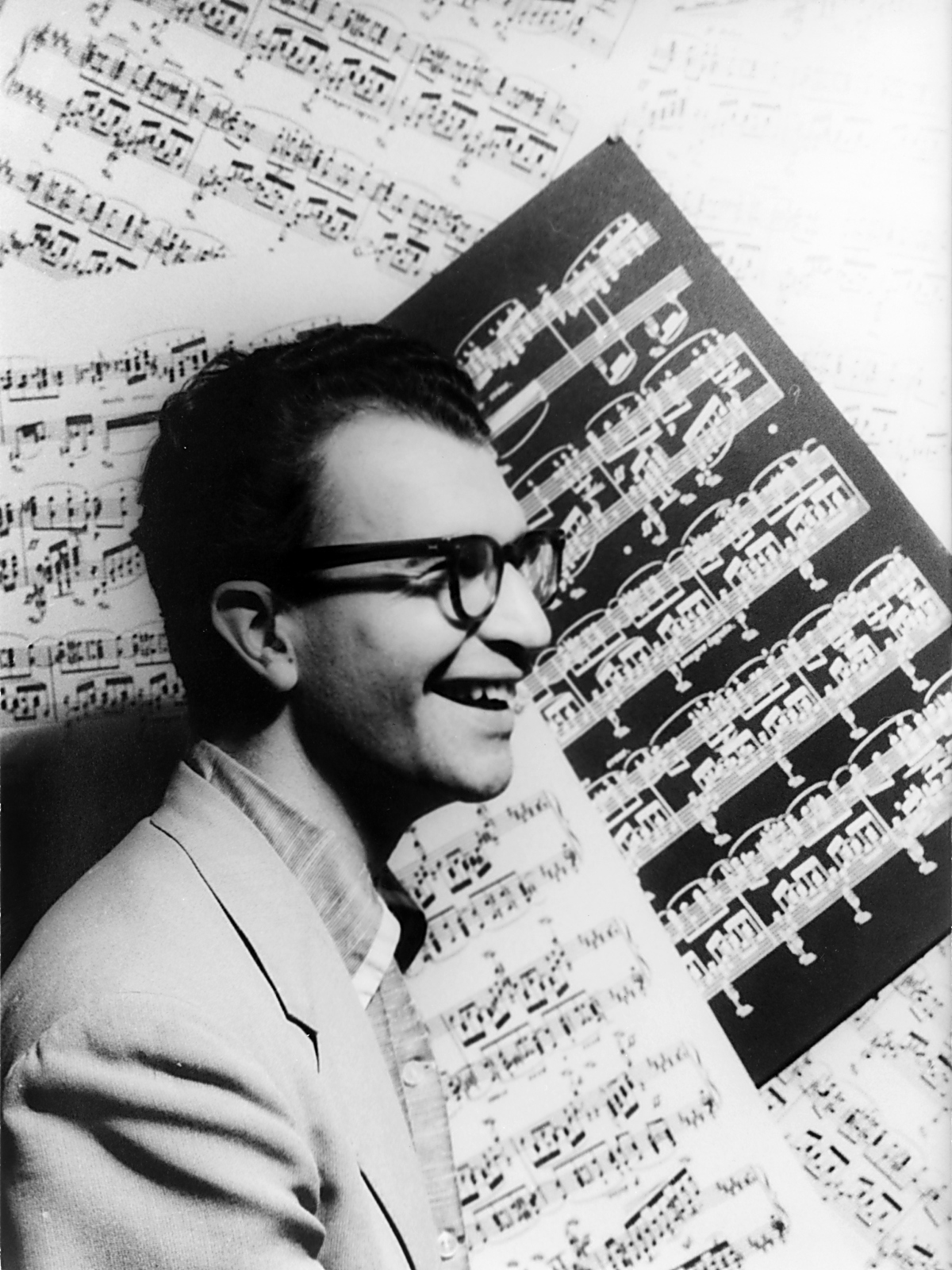Indigenous Peoples Day reminds us that no new worlds are discovered, just met. Although Leif Erikson, celebrated on 9 October, may have been the first European to “discover” America, Columbus had a contract. The history of those agreements is telling. Once word traveled, Spain and Portugal (to the detriment of established residents of lands visited by Columbus) claimed “rights” in the 7 June, 1497 Treaty of Tordesillas, to divide the world via an imaginary line in Atlantic ocean (in 1529, the Treaty of Zaragoza would similarly claim Pacific rights). The founding of Singapore, and creation of Panama, are more recent proclamations of new territories. World views of yore seem shockingly xenophobic today, but contracts between Columbus and the Castile court of 17 and 30 April, 1492, as well as papal bulls of Alexander VI of May 3 and 4, 1493, may provide some of the few precedents for laws, treaties and declarations that might be anticipated as mineral rights in the oceans are debated, for example in the Atlantic. Should the matter be decided by the peoples of the Atlantic Rim? We will soon see agreements regarding new worlds discovered in space. Standing on the shoulders of history, can we build a better world?
On Indigenous Peoples Day:
United Nations, International Day of the World’s Indigenous Peoples, August 9: http://www.un.org/en/events/indigenousday/
Holley, Peter. “More cities celebrating ‘Indigenous People’s Day’ amid effort to abolish Columbus Day.” 11, October 2015. The Washington Post. http://www.washingtonpost.com/news/morning-mix/wp/2015/10/11/more-cities-celebrating-indigenous-peoples-day-as-effort-to-abolish-columbus-day-grows/
On Leif Erikson:
Anderson, Rasmus Bjorn (1874). “America Not Discovered by Columbus: an historical sketch of the discovery of America by the Norsemen in the Tenth Century.” Chicago: S.C. Griggs.
For oceans:
Robert F. Pietrowski Jr., “Hard Minerals on the Deep Ocean Floor: Implications for American Law and Policy,” 19 Wm. & Mary L. Rev. 43 (1977), http://scholarship.law.wm.edu/wmlr/vol19/iss1/5
On the Atlantic Rim:
The New Urban Atlantic series, Palgrave Macmillan. https://www.umb.edu/chcs/bookseries
Barron, James and Marjorie Arons-Barron, The Atlantic Rim, Boston, MA and research archive, University of Massachusetts Boston.
Kresl, Peter Karl. “The Atlantic Rim: A New Conceptualization of Pan-Atlantic Relationships,” Bucknell University and The Atlantic Rim. www.departments.bucknell.edu/…/The_Atlantic_Rim/. pdf.
Raymond Lloyd, “An atlantic rim partnership,” International NGO Journal Vol. 4 (7), pp. 337-339, July, 2009. http://www.academicjournals.org/article/article1381499376_Lloyd.pdf
On space:
Ali, Yasmin. “Who owns outer space?” 25 September 2015, Science & Environment, BBC.com. http://www.bbc.com/news/science-environment-34324443
Building the World Blog by Kathleen Lusk Brooke and Zoe G Quinn is licensed under a Creative Commons Attribution-NonCommercial-NoDerivs 3.0 Unported License.









